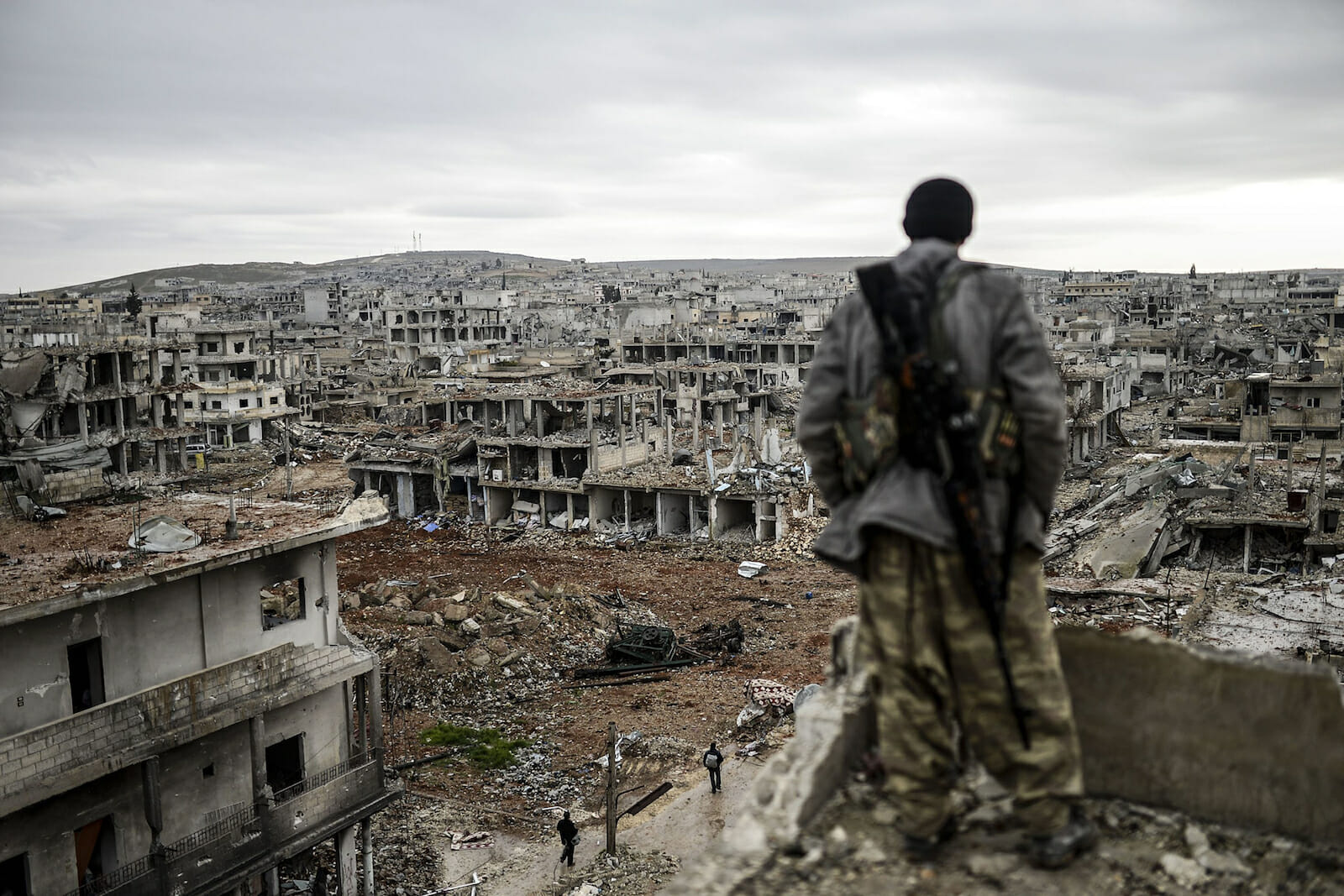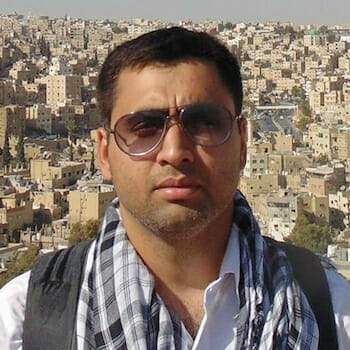
Syria Is Still a Hotbed for Extremists
ISIS has lost almost all of its territory in Syria. There is a growing perception among the people that these are the last days of the Islamic State and the United States’ and its allies’ war on terror is ending. But still, in one corner of Syria, Jihadis enjoy a safe haven and are even expanding. Hayat Tahrir al-Sham (HTS), an Al-Qaida offshoot in Syria, formerly known as Al-Nusra Front is expanding its territory rapidly in Idlib province by over-running 75 percent of an area held by the armed Syrian opposition.
In a dramatic takeover in the last couple of months, HTS swept through towns and villages in Idlib province taking over full control of the province from Syrian opposition forces. HTS didn’t stop there. They also entered in the adjoining areas of Aleppo province and recently entered new areas like- Al-Ghab Plain, a fertile valley and Shahshabo Mountain in the western countryside of Aleppo. Moreover, HTS also occupied the town of Daret Izza, located 30km northwest of Aleppo. So, in northwest Syria, Jihadi forces are on the rise. Policymakers in the West remain solely focused on defeating ISIS but unfortunately have ignored Al-Qaeda and its acolytes.
HTS subscribes to the Salafist school of thought which is the same as Al-Qaeda’s. The group imposed strict Islamic rule in areas it controls and civilians in these areas say the group’s practices are similar to those of the Islamic State. Hayat Tahrir al-Sham hosts a significant number of foreign fighters including Arabs, Turks, Chechens, Uzbeks, and Muslims from China’s Xinjiang province. The group’s attitude toward heterodox minorities like the Druze and Alawites never changed. There is, for example, a small community of Druze in northern Idlib whose inhabitants were forced to convert to Islam by HTS predecessor, Al-Nusra Front, in 2015.
Even now, complaints of discriminatory treatment of minorities in areas controlled by HTS are widely being reported. Among the top HTS leaders, there are many very senior Al-Qaeda cadres who are committed to Al-Qaeda ideology of global jihad including its chief, Abu Muhammad al-Golani. Even HTS’s predecessor, Al-Nusra Front, harbored Al-Qaeda’s external operations arm, known as the Khorasan Group which was planning attacks against West. It should be noted that Hayat Tahrir al-Sham is no different to Al-Qaeda it’s just the old wine in new bottle. HTS tried to showcase through various mergers with other groups that it has ended its affiliation with Al-Qaeda but definitely, this merger did not indicate an ideological split with Al-Qaeda but was part of a strategy to increase the group’s appeal within Syria.
The emergence of HTS as the most dominant group in northwest Syria yields a number of advantages for Al-Qaeda. Today Al-Qaeda has a broader coalition, with tens of thousands of fighters who are being exposed to its ideology and outlook. The group is not easy to deal with because a majority of fighters are local Syrians who know the terrain and are deeply embedded in the areas that they overran. The West’s ability to tackle and contain Jihadist elements in northwest Syria is rather limited because the West is excluded from the de-escalation framework in the region agreed to between Turkey and Russia and is thus barred from using the airspace to launch precision strikes against the group. It seems like while the black flag of ISIS is being lowered, another may soon take its place, the white flag of Hayat Tahrir al-Sham.
Al-Sham remains a ticking time bomb that arguably poses a greater long-term threat to the region and Syria’s stability. Now after one phase of the war is ending another phase should begin with the sole focus of finishing off HTS, even if the United States and its allies have to coordinate with Turkey and Russia. Amid the confusion of Syria’s kaleidoscopic and multi-sided conflicts, one thing remains certain: Hayat Tahrir al-Sham must be isolated, marginalized, and defeated before a stable peace can emerge in Syria.
